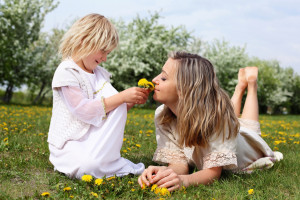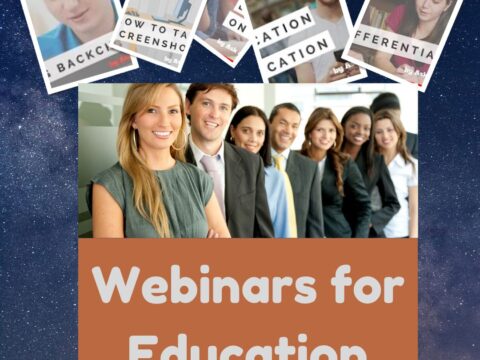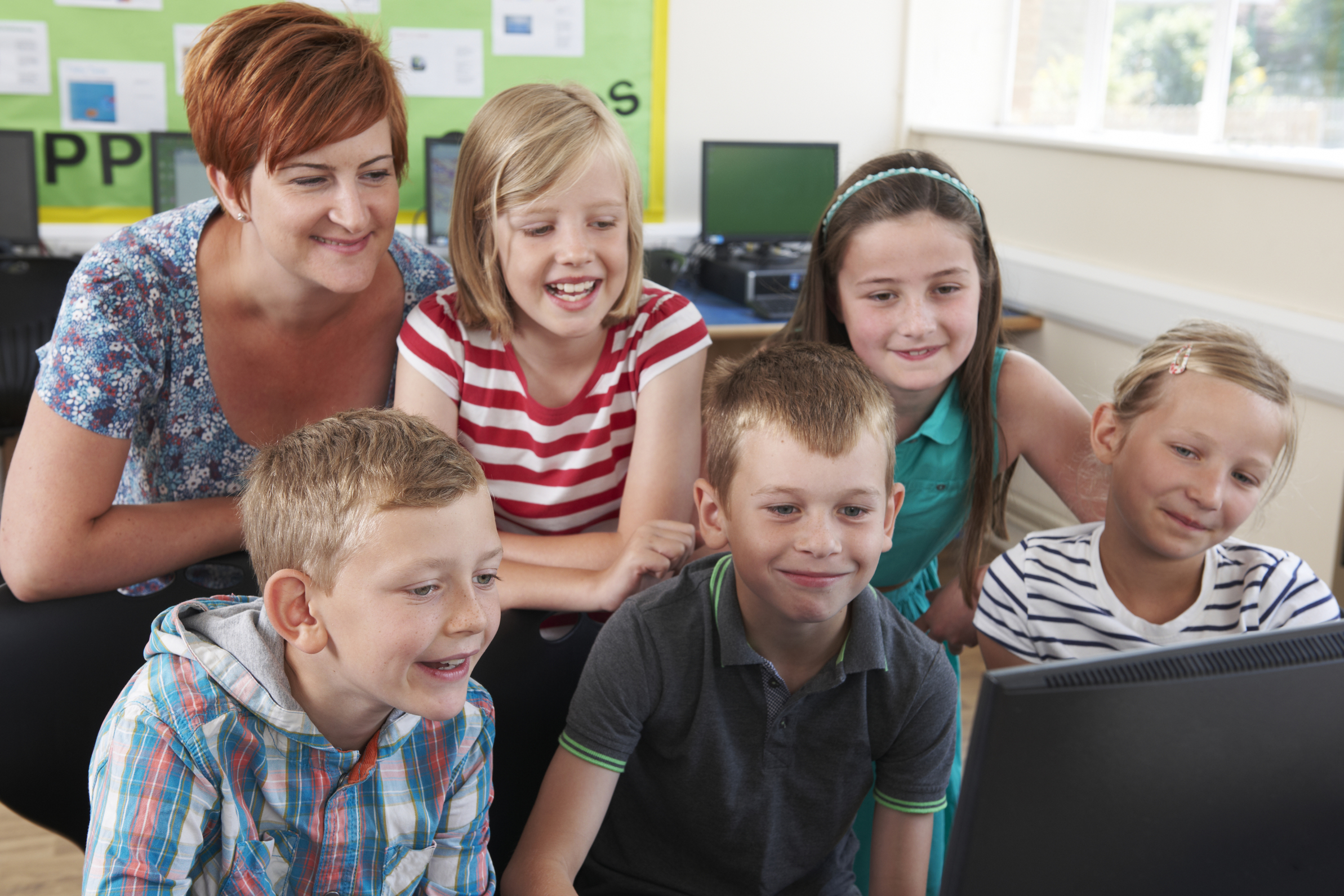 Playful Learning (Parents’ Choice Gold Medal website) is a well-done, professional-looking website that offers advice, projects, and visual images touting the benefits of education through play. The reader is drawn into the child-centered imagery and strong basic colors, wanting everything on offer so their child’s play areas can look and work as described.
Playful Learning (Parents’ Choice Gold Medal website) is a well-done, professional-looking website that offers advice, projects, and visual images touting the benefits of education through play. The reader is drawn into the child-centered imagery and strong basic colors, wanting everything on offer so their child’s play areas can look and work as described.
Let’s back up a moment. Play as the vehicle of education is not a revolutionary idea. Pedagogy has long recommended ‘play’ as a superior teacher for youngers–
Play is the great synthesizing, integrating, and developing force in childhood and adolescence. –PsycINFO Database Record 2012 APA,
The play of children is not recreation; it means earnest work. Play is the purest intellectual production of the human being, in this stage … for the whole man is visible in them, in his finest capacities, in his innermost being.~ Friedrich Froebel
In general, research shows strong links between creative play and language, physical, cognitive, and social development. Play is a healthy, essential part of childhood. —Department of Education, Newfoundland Labrador
Young children learn the most important things not by being told but by constructing knowledge for themselves in interaction with the physical world and with other children – and the way they do this is by playing.” –Jones, E., & Reynolds, G. “The play’s the thing: Teachers’ roles in children’s play”
Playful Learning understands the critical role ‘play’ has in cognitive development. Most learn-through-play advocates–and play-centric philosophies such as Montessori and Emilio Reggio, focus on preschool, Mariah Bruehl–Playful Learning’s founder–spirals the benefits of play up through age eight–third/fourth grade, in sharp contrast to some practices that promote reading and math drills as young as two.
As full disclosure: I have taught children from infants (infant care centers) through eighth grade, and then in college. After 35 years in the education field, I lean heavily away from pushing children to accomplish cerebral skills they aren’t ready for. Of course, some individuals are, and they should be allowed to blossom, but most aren’t. According to Jane Healy, Endangered Minds: Why Children Don’t Think and What We Can Do About It Simon and Schuster 1991):
“…trying to ‘make’ children master academic skills for which they do not have the requisite maturation may result in mixed-up patterns of learning…”
And from Dr. Jane Holmes Bernstein: “In development, it is now well known that there are certain times when an organism is ready to deal with certain stimuli…”
In summative: Children are ready for different types of learning at different ages. Most mammals–including humans–start with learning-by-play and graduate to more serious stuff.
When I blend this research with my own educational and pedagogic experience, I am all for children accomplishing their mental growth through play until they grow out of that stage. When that occurs differs for each child, which is why I like that Mariah extends learning-through-play to the unusually mature age of eight.
Recently, the value of play for all ages hit mainstream education reform in the transformative movement called ‘Gamification of education’. This granular change, along with IPads, has become the poster child for education reform. Play has become an organic tool and a powerful engine for learning.
Playful Learning plugs into this attitude. When Mariah left her job as head of a ‘well-respected’ lower school (her words) to care for her two children, I don’t think she expected to found a school, but when she couldn’t locate the tools she required to adequately teach her young children, that’s what she did. She based her education philosophy on several core principles (from website):
- While it is important that children master specific skills in reading and writing, it is equally imperative that we raise children who love to read and write. Developing this balance between skill acquisition, and a love of learning is critical.
- When given an enriching environment and supportive guidance children intuitively take advantage of the prospects for learning that are put before them.
- We need to see to it that our children leave our homes and our schools with habits of heart and mind that transcend time and act as a means for digging deeper, solving problems, relating with others, and fulfilling their potential.
Attitudes like love of learning and prosper through play are grounded in the teachings and research of–among others–Loris Malaguzzi (whose Reggio Emilia schools promote exploration and discovery based on the interests of the children), Maria Montessori (development of a child’s own initiative and natural abilities, especially through practical play), and Howard Gardner (most famous for his theory of Multiple Intelligences). Playful Learning brings resources, support, and inspiration to parents, teachers, and children alike. It’s student-centered, student-driven, empowering stakeholders to live to their fullest potential. It clearly hit hot buttons in the ed community as it garnered considerable attention from magazines like Parent and Child, Family Fun, and Working Mother.
To help parents pursue ‘play through learning’, the website offers ecourses, a book, and a blog. Here’s a brief summary of each:
Playful Learning Ecadamy
Playful Learning Ecadamy offers eight classes (priced between $15 and $78), including Backyard Science Investigations, Teaching Kindness, Be a Peacemaker, Playful Learning Spaces, Writer’s Notebook, and the Art of Parenting. Overall, ecourses are:
- aimed at heart and mind–success in education and life (sound familiar to those of you buried in Common Core?)
- intended to teach children and parents
- built around Mariah’s pedagogic knowledge (she has a Masters in Ed) and her family’s real-life experiences using these ideas
I took one of the Ecadamy classes–Writer’s Notebook–because I wanted to see what she emphasized, if activities were intuitive and simple to understand–the type any parent and child could participate in, and if the materials required were easily acquired or would necessitate a budget. In all cases, I was pleased with the class. Here are my thoughts
- Enrollment was easy–worked seamlessly and immediately provided access to materials
- The class I took included 9 lessons, each with a nominal amount of narrative direction, material suggestions, reproducibles (printables), and a video between 36 seconds and 8 minutes. These videos are much better done than most of the online training I’ve taken as a teacher. They are professional, appealing, and focused.
- I liked that the class included a forum and a group photo gallery where students interact and post their class projects. I was disappointed few students took advantage of them, but not surprised. I’ve had similar experiences whether I’m running the online class or just participating.
- The class is for students with parents as ‘guides on the side’. In fact, most lessons are taught by Mariah’s two children–a great connection for kids with kids. They are well spoken, clear, and completely authentic and believable.
- The class goal is to ‘live the writerly life’. Activities define what that means: writing, spelling, observing, more. It touches on big ideas–why write, writing basics, how to develop a love of writing.
- Mariah asks students to do much of what I ask of my students–collaborate, provide feedback, publish and share (also skills expected in Common Core). I like that–it made me comfortable, and reinforces her expertise in the education field
- Though not intended for homeschooling parents (its audience seems to be all parents interested in becoming involved in their child’s learning through the vehicle of play), it definitely has that homeschooler attitude, where school, nature, and life are blended into productive education aimed at learning, future learning, and leading a productive life.
- Lssons are not a curriculum, rather extensions of current programs being pursued that infuse learning through play and a partnership between parent and child.
- Maria reminds me a bit of the Martha Stewart of homeschooling–bright, colorful, energetic, creative, wow. I read her lessons and think, “I can do that!” Just like I did with Martha.
- It’s worth noting that lessons are limited to mainstream approaches to building a love of writing. Because of their brevity, there’s no time for special needs, differentiation, or troubleshooting. I’d like to see those addressed through play.
- One thing that surprised me–and it may be Mariah’s intent–is at least in the class I took, technology was not mentioned at all either as a tool, a solution to problems, or an approach to making writing available from anywhere. There are an abundance of writing, journaling, feedback tools online that would serve her academic goals. Those themed with games and simulations would leverage play in fresh, appealing ways for her age group.
Overall, a well-done class that hits the broad outline of how to write, allows students to have fun with it, and a great value for the money.
The Book
Though I didn’t purchase Mariah’s Playful Learning: Develop Your Child’s Sense of Joy and Wonder (Shambhala Publications, 2011), I like what I could see in its previews and overviews. It explains and demonstrates the essence of learning with play for children age 4-8. It not only shares ideas on implementing learning through play, but how to organize the child’s room and the family’s home to promote play-and-learning. It has gorgeous images that clarify ideas, suggestions that pursue home education, reproducibles, and more. Chapters include fifty learning experiences in seven areas: writing, reading, math, science, art, growing globally, and raising the citizens of tomorrow.
BTW, this–like the classes–isn’t a homeschooling book and certainly not a curriculum. I’d call it a learning extender for whatever education program children are part of. Research shows that parent involvement is consistently found to be a positive factor in a child’s academic success (click here and here). This book provides involved parents with lots of ways to do play productively.
The Blog
This is my favorite part of the website. It includes lots of projects, colorful pictures, and how-to details. Lessons include ‘Math’, ‘Seasonal activities’, and more, and are taught by guests with knowledge on the topic. I like that these are free for those who aren’t taking the Ecademy courses.
In full: This is a wonderful website to supplement public/private education and homeschooling, and easy enough (relying on common sense with a touch of creativity to add a childlike spark) that any parent, grandparent, or caregiver could assist children in their participation.
Anyone use this program? I’d love to hear your thoughts.
Jacqui Murray has been teaching K-18 technology for 30 years. She is the editor/author of over a hundred tech ed resources including a K-12 technology curriculum, K-8 keyboard curriculum, K-8 Digital Citizenship curriculum. She is an adjunct professor in tech ed, Master Teacher, webmaster for four blogs, an Amazon Vine Voice, CSTA presentation reviewer, freelance journalist on tech ed topics, contributor to NEA Today, and author of the tech thrillers, To Hunt a Sub and Twenty-four Days. You can find her resources at Structured Learning.





































Thank you so much for the lovely review!
My pleasure.